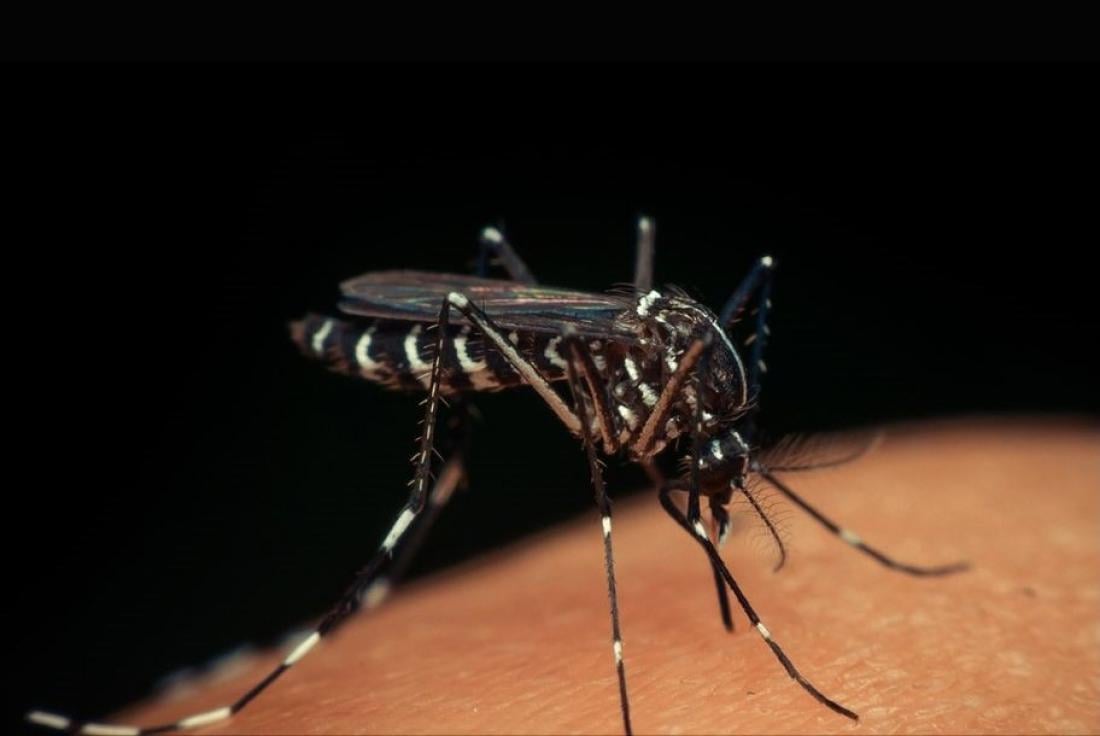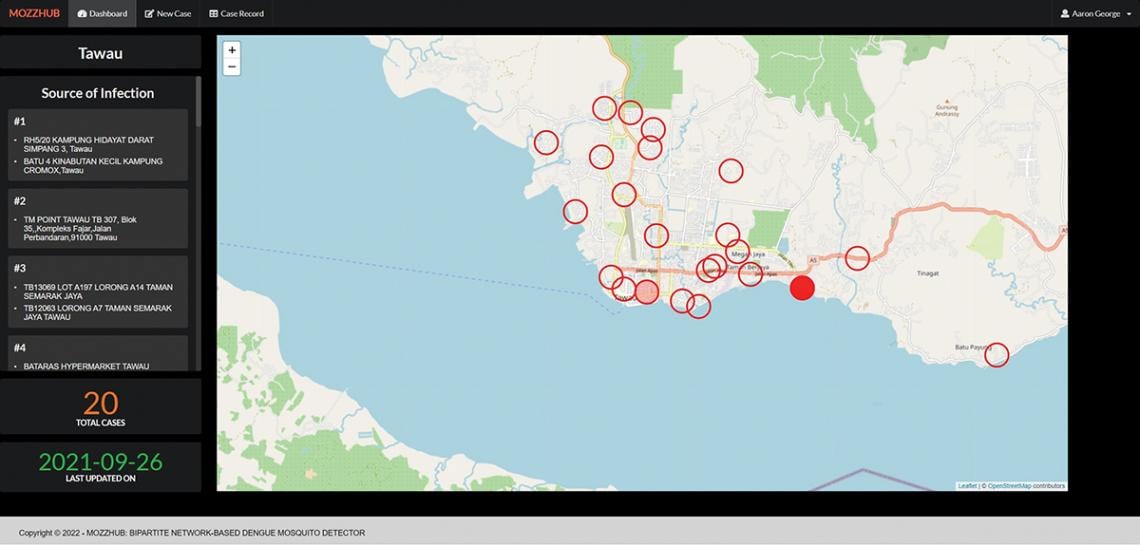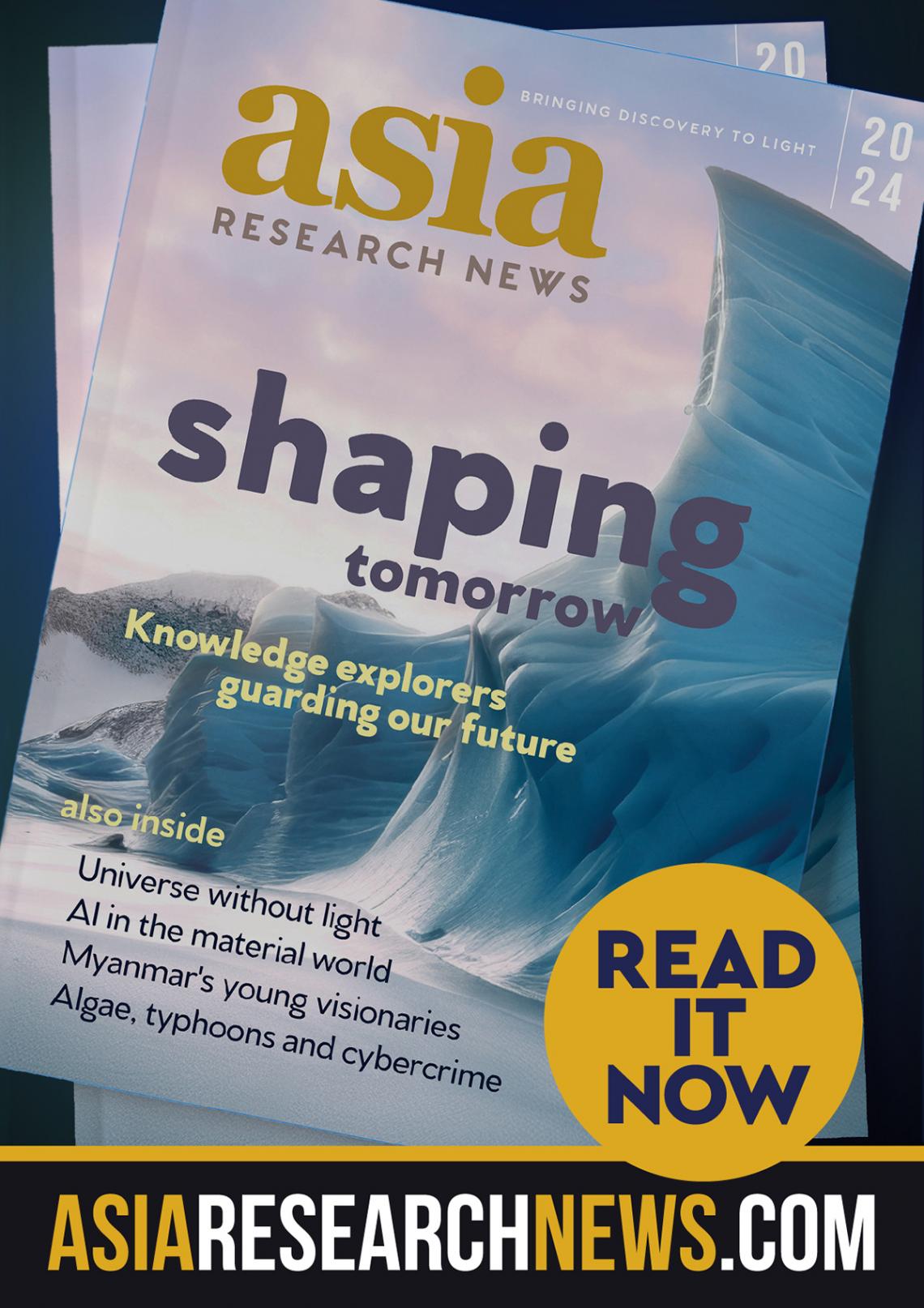This story is featured in the Asia Research News 2024 magazine. If you would like to receive regular research news, join our growing community.
Get the news in your inbox
Dengue is a debilitating viral infection transmitted by mosquitoes. It has become the world's fastest-growing mosquito-borne disease, putting half of the global population at risk. In high-risk areas, an estimated 100–400 million people become infected each year, straining healthcare systems. A study published in Multimedia Tools and Applications, by researchers at the Universiti Malaysia Sarawak (UNIMAS), describes the development, design, and implementation of the hotspot detector app MozzHub.
Dengue is a major public health challenge in Malaysia, and traditional control methods such as spraying and fogging have been ineffective. The difficulty lies in accurately identifying the source of infection. Despite a 30.3% reduction in cases in 2020, attributed to a COVID-19-related movement control order, studies suggest that control measures should not focus solely on residential areas. Instead, it is crucial to consider the movement history of dengue patients two weeks before their symptoms start, to identify likely sources of infection. Unlike most early warning systems for dengue that lack real-time functionality, a system that considers the variations in human impact on the environment and the places they visit is needed.
Did you know?
Dengue is the world's fastest growing mosquito-borne disease.
Half the world's population is at risk.
“The usual methods for finding dengue hotspots often rely on mere prediction that fail to focus on where the disease might actually spread," explains Jane Labadin, a professor and research fellow at UNIMAS. “Some of the methods that try to predict its spread need a lot of information and mostly look at large geographical areas.” She adds that the smaller details needed to control the mosquitoes spreading the disease are missed by these methods.
To tackle this problem, Labadin and her colleagues created MozzHub as a user-friendly web app built on an existing dengue model. Unlike the other methods, MozzHub considers how people move around, especially in smaller areas within a 400-metre radius. The model can identify the most probable sources of dengue infection based on patients’ movements and environmental factors, including temperature and humidity.
MozzHub was tested for user acceptance in several district health offices in Malaysia, aiming to help public health authorities make informed decisions on deploying dengue control measures and preventing future outbreaks.
“From the results of our study, it is clear that the system meets the criteria of being useful, user-friendly, and capable of providing satisfactory experiences to its users,” says Wei King Tiong, a senior lecturer at UNIMAS and one of the study’s co-authors. “However, there is room for improvement at both the system and user levels to enhance overall user acceptance.” Perhaps the best part though, is that you do not need to be an expert to use this technology. You just input where people have been for the past two weeks, and MozzHub does the rest.
MozzHub could significantly aid in the management and control of dengue. It can offer vital information about the locations of infection sources, guiding targeted dengue control measures. The researchers hope that MozzHub can be applied in all district health offices across Malaysia in the future.
Further information
Prof Jane Labadin
[email protected]
Universiti Malaysia Sarawak
We welcome you to reproduce articles in Asia Research News 2024 provided appropriate credit is given to Asia Research News and the research institutions featured.





